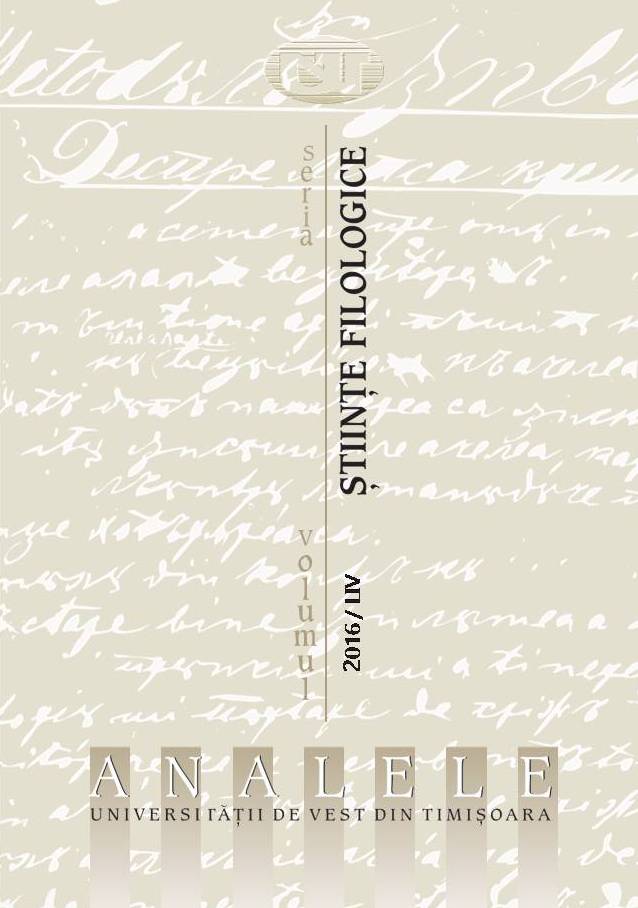
Akadyjski Epos o Gilgameszu i Odyseja
Since 1902 when Peter Jensen advanced a thesis about the dependence of the Odyssey on the Epic of Gilgamesh, scholars have argued about the nature of the relationship between the two poems. This article aims to show that there are many similarities between the Epic of Gilgamesh and the Odyssey not only in episodes, but also that the objective narrative of Odysseus’s return to Ithaca (Od. 5-13) is a repetition of the plot from Gilgamesh’s quest for immortality (Tablets IX- XI): the episode of Gilgamesh’s arrival to the Mount Mashu and his encounter with Siduri finds its parallel in Odysseus’ stay in Ogygia at nymph Calypso’s. Gilgamesh’s crossing of the sea to Dilmun resembles Odysseus’ crossing of the sea from Ogygia to Scheria. Dilmun and its ruler Utanapishtim correspond in many aspects to Scheria and Alcinous. Finally, there are parallels between Gilgamesh’s return to Uruk and Odysseus journey to Ithaca. The conclusion about the existence of a narrative analogy between the objective narration of the Odysseus return in Odyssey and the Gilgamesh’s quest for immortality deepens the relationship between the two poems.
More...
